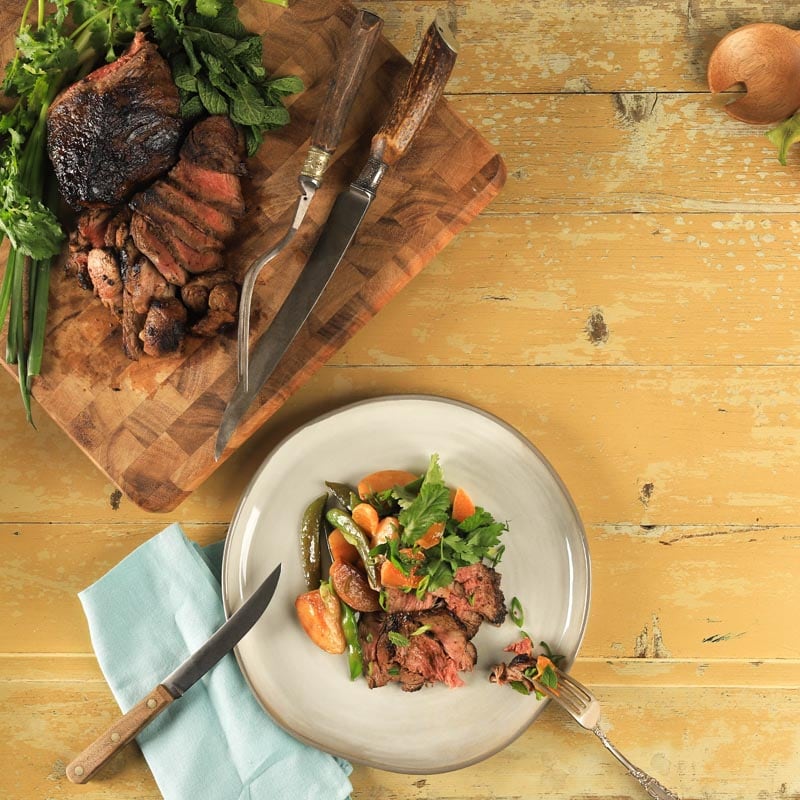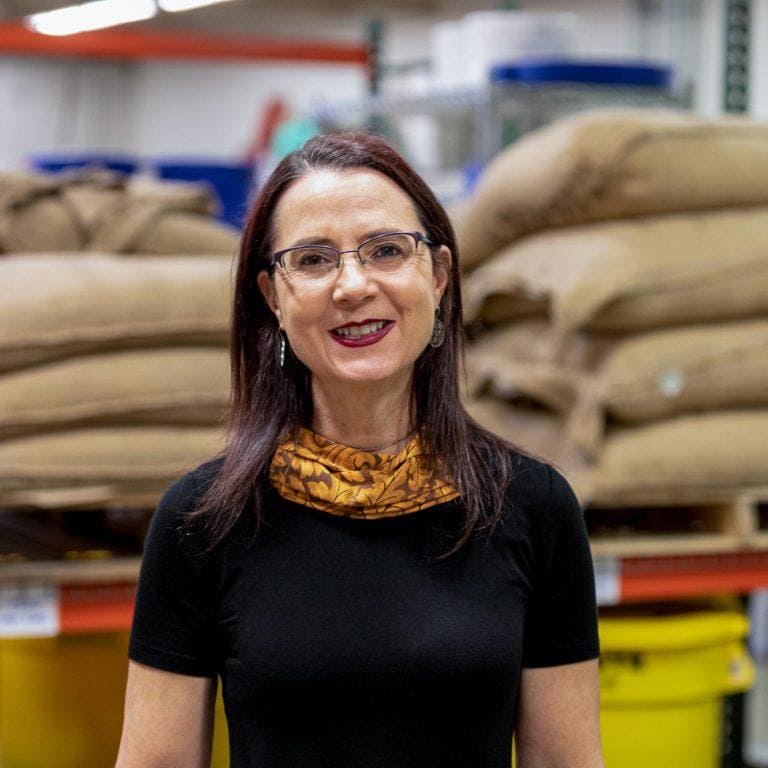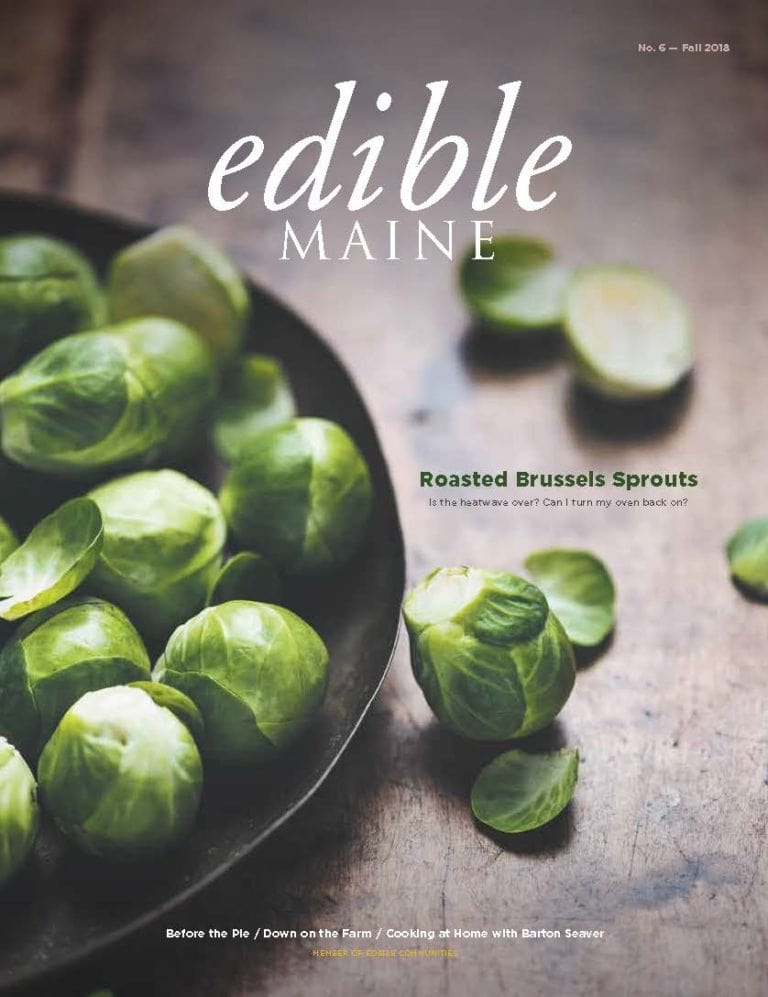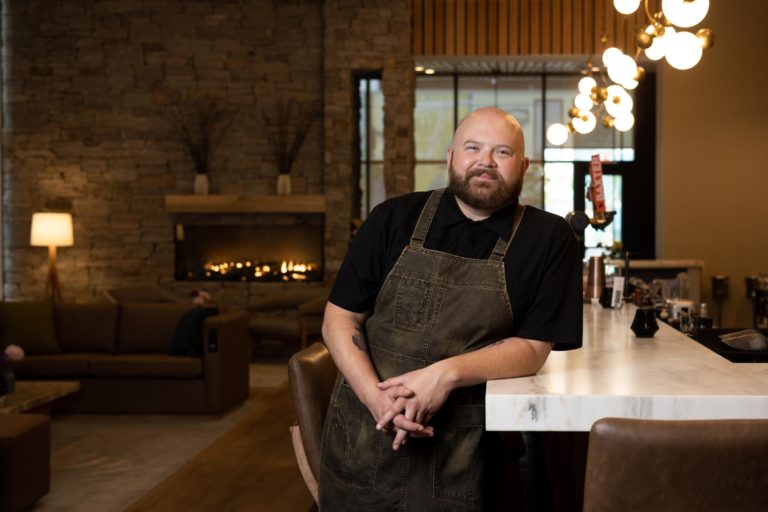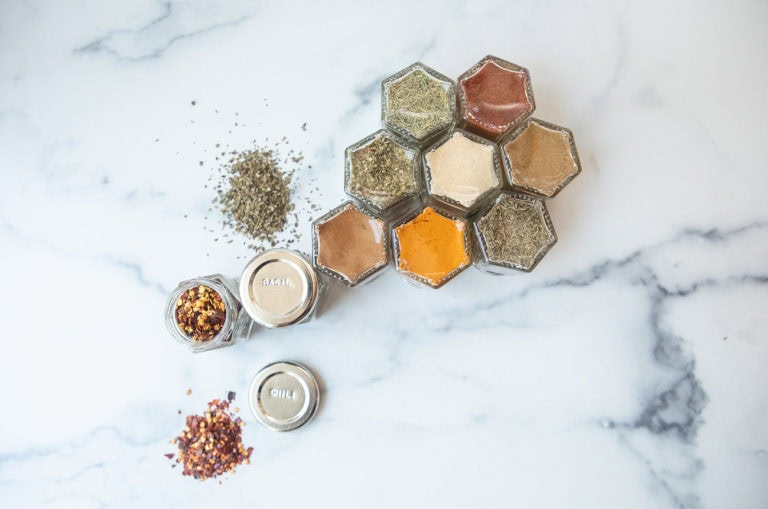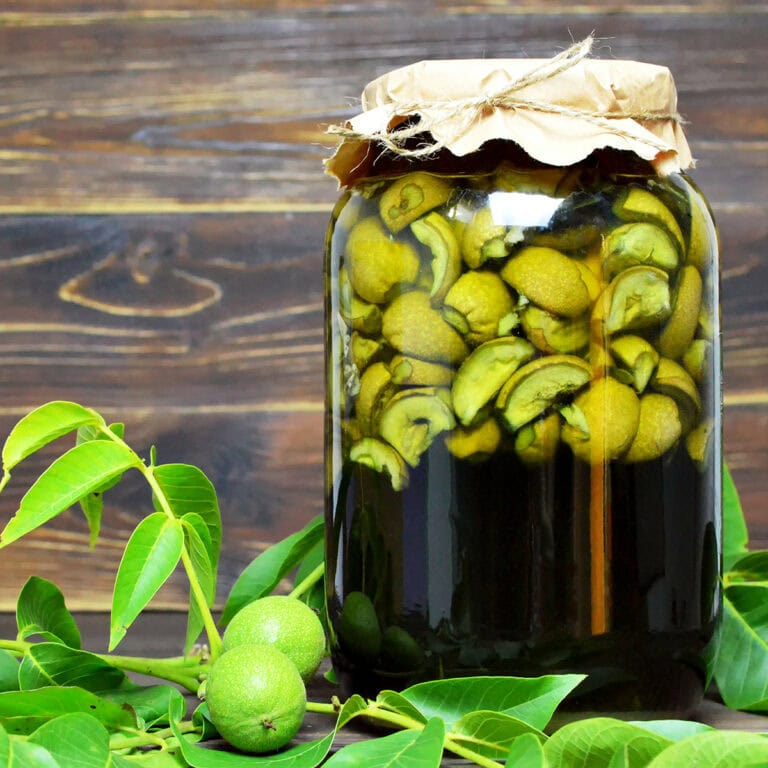Some things from the past deserve a second act. Garum, the ancient fermented fish sauce that reigned supreme in Roman kitchens, is experiencing an unexpected revival in Maine. Once a staple of the Empire’s culinary repertoire, garum may have seemed to vanish along with Latin and the fall of Rome. Yet the concept endured in the fish sauces of Asia, which have long since cemented their place in global cuisine. Now, Liam Fisher, founder of The Maine Garum Company, is leading a local revival, crafting this storied condiment from what might otherwise be discarded: eel trimmings, mackerel, and invasive green crabs. In Fisher’s hands, garum is not just reborn—it’s reimagined for a modern world that prizes sustainability and flavor.
“At its core, garum is about maximizing flavor from minimal resources,” Fisher explains. “It’s the ultimate expression of using what’s at hand, which is exactly what Maine’s food systems have always been about.” This ethos echoes across Maine’s history, rooted in millennia of Indigenous foodways and centuries of colonial adaptation. These traditions don’t merely connect us to the past—they set the table for the future.
Fisher’s path to garum is as layered as the sauce itself. A mechanical engineer turned chef, he brings a blend of technical rigor and culinary curiosity to his craft. Like many great stories, this one begins with a bucket of smelts. After cleaning the fish, Fisher saw potential in the discarded viscera, a visceral spark that led him to recreate the sauce he remembered fondly from his youth. Soon, he found a rich supply of materials at American Unagi, Sara Rademaker’s groundbreaking eel farm in Waldoboro. “This is about intention,” Fisher says. “It’s not just what we use, but how we use it.”
The result is an elixir of umami that transforms even the simplest dishes. Garum’s versatility makes it a secret weapon for chefs and a revelation for home cooks. A single dash conjures layers of complexity that feel both ancient and new. To convert skeptics, Fisher often serves his garum straight, followed by a dollop of whipped cream kissed with a drop of the amber liquid. The result? A burst of briny sweetness that defies expectations and redefines indulgence.
Spring is the perfect season to invite garum into your kitchen. Add a splash to a vinaigrette for a hint of depth, use it to deglaze sautéed vegetables, or rub it on a leg of lamb to tease out earthy richness. Like a crisp September day in Maine, garum heightens the essence of its surroundings, sharpening flavors and bringing them into vivid focus.
What makes Maine garum so extraordinary is its reflection of the state itself. It’s a celebration of ingenuity and resourcefulness, capturing the spirit of a place where tradition is not static but dynamic. Fisher puts it best: “Tradition is not orthodoxy. The people of the past weren’t inherently smarter—they made traditions that suited their time. We can make our own for today.”
Maine garum isn’t just a culinary throwback; it’s a template for the future. It challenges us to see abundance where others might see waste and to approach every ingredient with care. More than just a seasoning, garum is a philosophy—a reminder that innovation and heritage can coexist harmoniously. It embodies Maine’s culinary ethos: using what we have, honoring where we’ve been, and savoring the journey forward.
So, when you reach for that bottle of Maine garum, know you’re not just enhancing your food; you’re participating in a story—a salty, saucy tale of sustainability, tradition, and the infinite possibilities of flavor.


